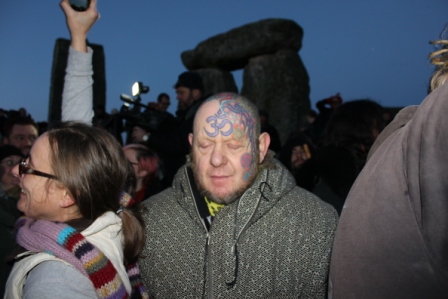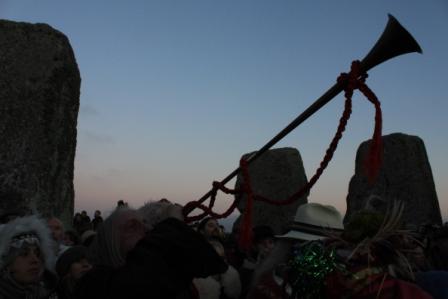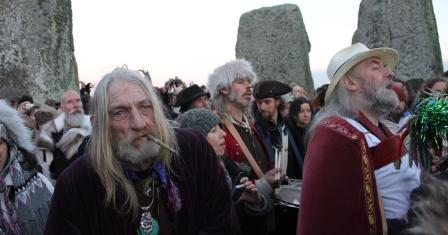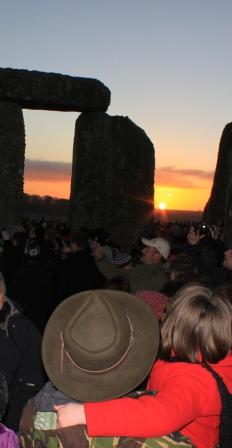Stonehenge as a Recycled Monument
 Every year brings new theories about Stonehenge – some loopy like the one I covered in an earlier blog about the idea that Stonehenge was a platform monument.
Every year brings new theories about Stonehenge – some loopy like the one I covered in an earlier blog about the idea that Stonehenge was a platform monument.
But these discoveries in Wales come under the auspices of the respected Mike Parker Pearson. And while it has long been known that the bluestones came from the Preseli Hills, the idea that there was an earlier monument in Wales, which was re-cycled to form Stonehenge, is a fascinating one.
It comes about from the discrepancy in dates. The Craig Rhos-y-felin bluestones seem to have been extracted around 3400 BC – but not erected in Stonehenge until 500 years later, in 2900 BC. While Wales is some way from the Salisbury plain, it can’t, the theory goes, have taken a full 500 years to transport them. So there may initially have been a Welsh monument using the stones, which was later recycled by the builders of Stonehenge who may have valued their provenance.
The possible method of extraction is also fascinating. “They only had to insert wooden wedges into the cracks between the pillars and then let the Welsh rain do the rest by swelling the wood to ease each pillar off the rock face” said Dr Josh Pollard of the University of Southampton.
This is all highly speculative. But the investigation of a possible site for the Welsh monument is proceeding apace. Professor Kate Welham of Bournemouth University thinks the ruins of any dismantled monument are likely to lie somewhere between the two megalith quarries in the Preseli Hills. She said: “We’ve been conducting geophysical surveys, trial excavations and aerial photographic analysis throughout the area and we think we have the most likely spot. The results are very promising – we may find something big in 2016.”
A recent issue of Antiquity has more detail on this
Stonehenge as a Recycled Monument Read More »





